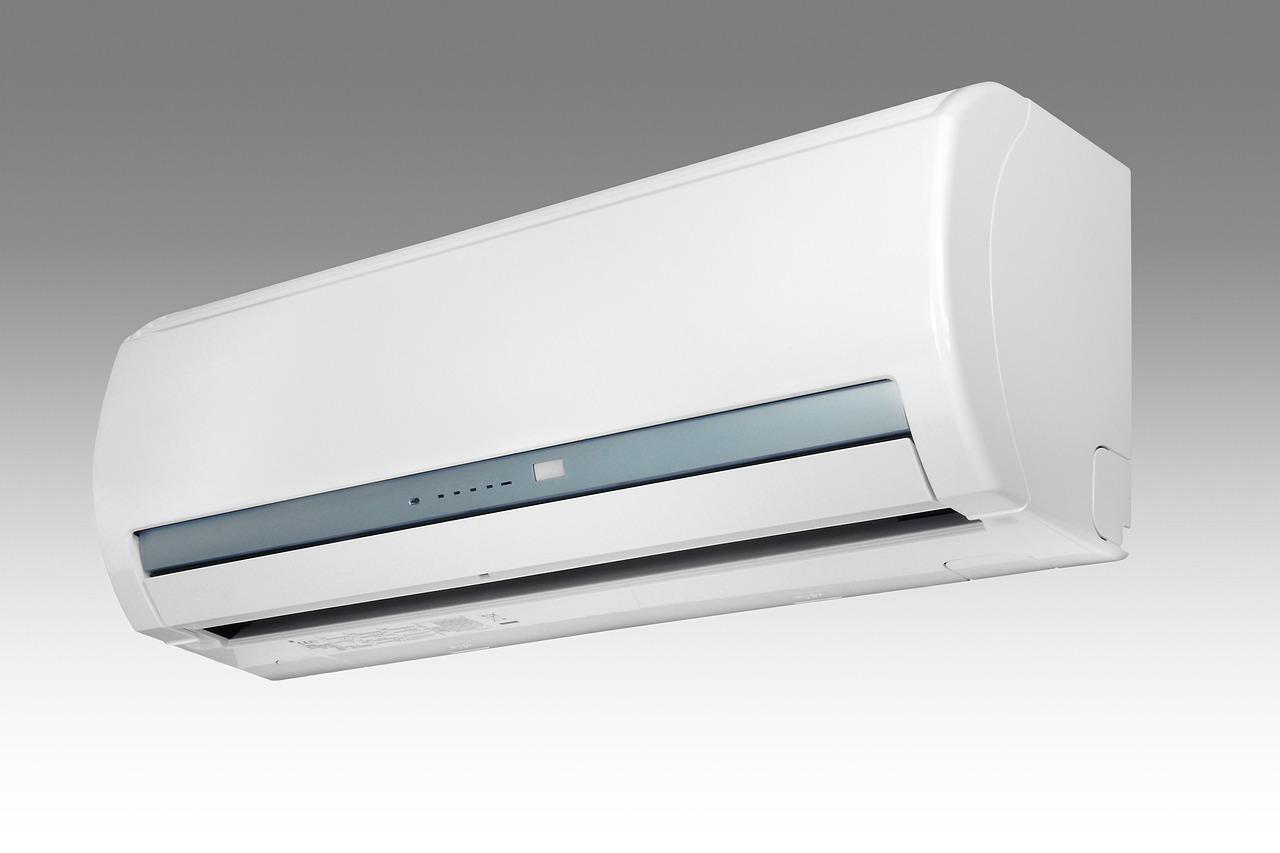Real estate and housing inspections are an important part of any real estate transaction. Knowing how to properly, professionally, and critically inspect a potential purchase can save you time, money, and even your life. In this article we will discuss the key steps necessary for conducting a proper inspection of a house or other real estate property. We will also look at the importance of doing so and how to do it correctly. So whether you are a buyer wanting to make sure you get the best deal or a seller needing to know what needs fixing before listing, this article will help you understand what is involved in conducting a successful inspection.

1. Assess the Property
Before you begin an inspection of any property, you want to assess the condition of the home. Are there any visible signs of damage like water stains, cracks in walls or ceilings, broken windows, peeling paint, etc.? Take note of any potential problems that you see and make sure to ask questions about them during your inspection. According to experts at BuildingCodeTrainer.com you can do home inspection by a drone. They say that in the past, home inspections were conducted by physically walking through the property and taking note of any issues. However, drones have become such a popular choice for home inspections – they provide unparalleled visibility, ease of use, and convenience. They are also much safer for inspectors and homeowners than the traditional methods. For example, when inspecting a roof from the ground, the inspector can’t see all of the details due to elevation, whereas with a drone they are able to view the entire roof and better identify any potential problems. Or, they can even use thermal imaging cameras to see inside walls, floors, and ceilings for any unseen issues.
2. Check for Structural Problems
Structural issues are often the most expensive and dangerous problems that can be found in properties. They need to be identified early on and addressed immediately. During your inspection, make sure to check for any signs of structural damage like settling foundations, bowed walls, cracked walls or ceilings, etc. Pay special attention to any wet spots or moldy smells as these could indicate serious issues with the property’s structure.
3. Examine Electrical Systems
If there are any electrical systems in the home, they must be inspected thoroughly during your real estate inspection. Check all outlets, switches and wiring for any signs of wear and tear or faulty connections. Also make sure to inspect the circuit breakers and other safety devices such as smoke detectors and carbon monoxide detectors to make sure they are all in working order.
4. Test Plumbing Systems
Similar to the electrical systems, all plumbing systems must be inspected to make sure everything is functioning properly and that there are no major issues regarding either the water pressure or drainage system. Make sure to check for any leaks and look for any signs of rust or corrosion on exposed pipes. If you notice anything that looks suspicious, it’s important to bring in a professional plumber for further inspection.
5. Investigate Appliances & HVAC Systems

The final step in your inspection is to investigate all appliances and heating/cooling units in the property. While it may not be necessary to test each individual appliance, you should at least ensure that they are in good working condition before closing on a deal. Also check out any HVAC ducts and air filters to make sure that they are in good shape and not harboring any hidden problems. This will ensure that you have a comfortable and safe home.
Immediate action once you see signs of wear or malfunction can prevent minor issues from turning into expensive repairs after you move in. Smith County homeowners always call an HVAC contractor in Tyler, TX as soon as they notice irregular airflow, unusual noises, or inconsistent temperatures during an inspection. Addressing these concerns early helps ensure systems are operating safely and efficiently. This extra step can provide peace of mind and reduce unexpected maintenance costs down the line.
6. Make a Report
Finally, once you’ve completed your inspection of the property it is important to make a comprehensive report of all the findings. This should be done in writing and include photos and other supporting evidence for any issues that were identified during the inspection. It is also essential to note any safety hazards or potential future problems with the property. This report will serve as a valuable reference for the buyer/seller and give them a better understanding of the condition of the property. So make sure to be thorough when creating your report!
These steps may seem daunting, but they can save you a lot of time and money in the long run. When it comes down to making the purchase or sale, being informed on the current condition of the property is essential for both parties involved. If you have any questions or concerns regarding your real estate inspection, do not hesitate to contact a qualified professional who can help you with your needs.










